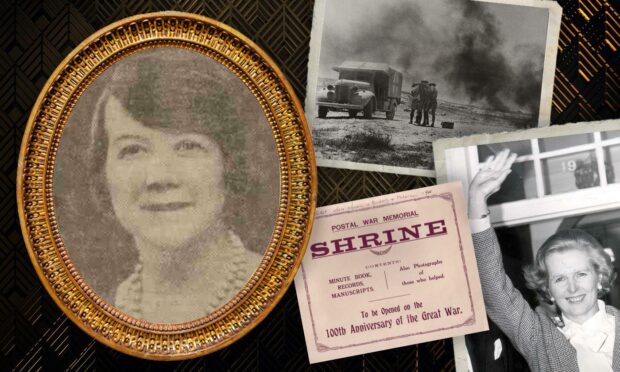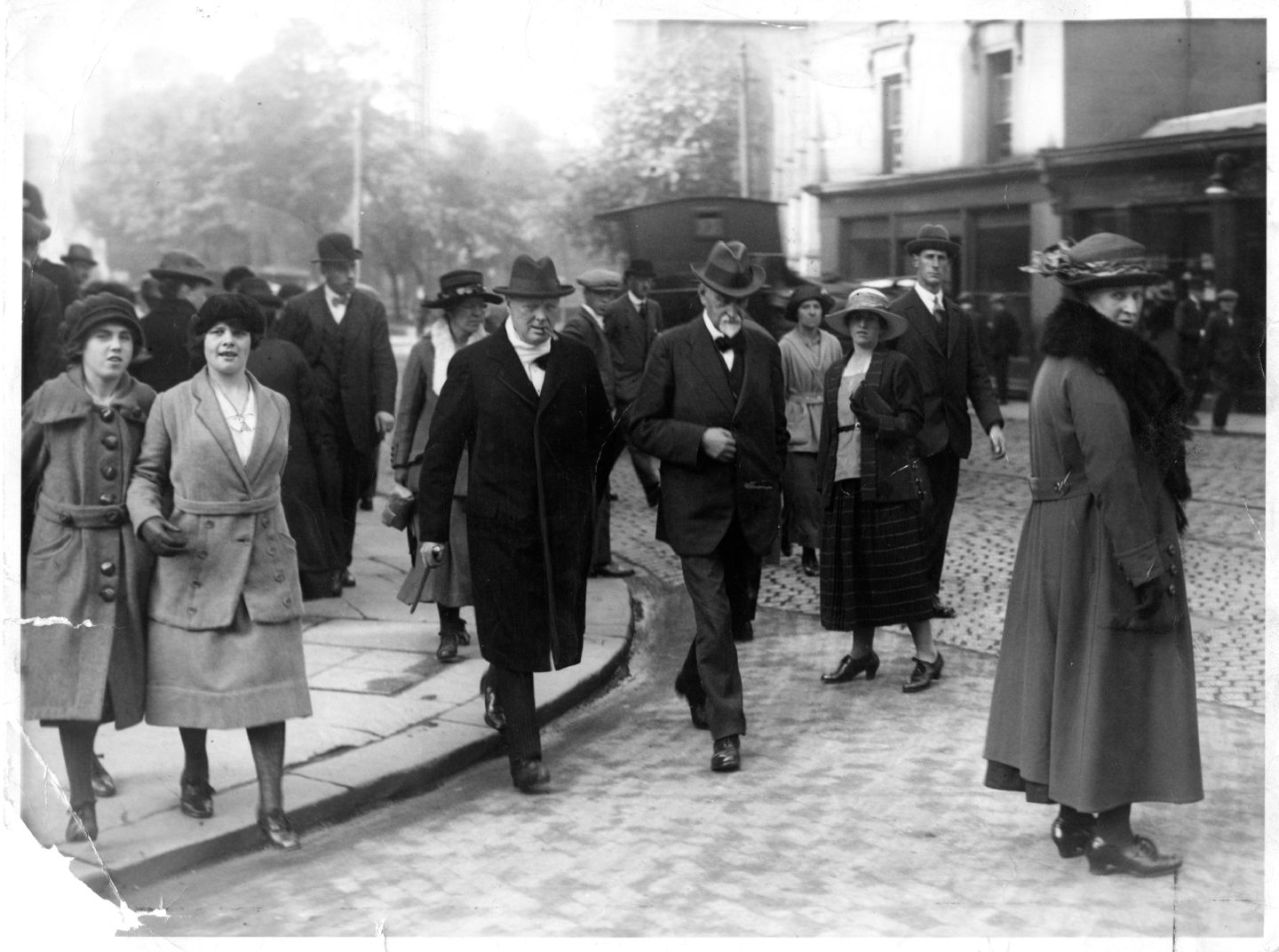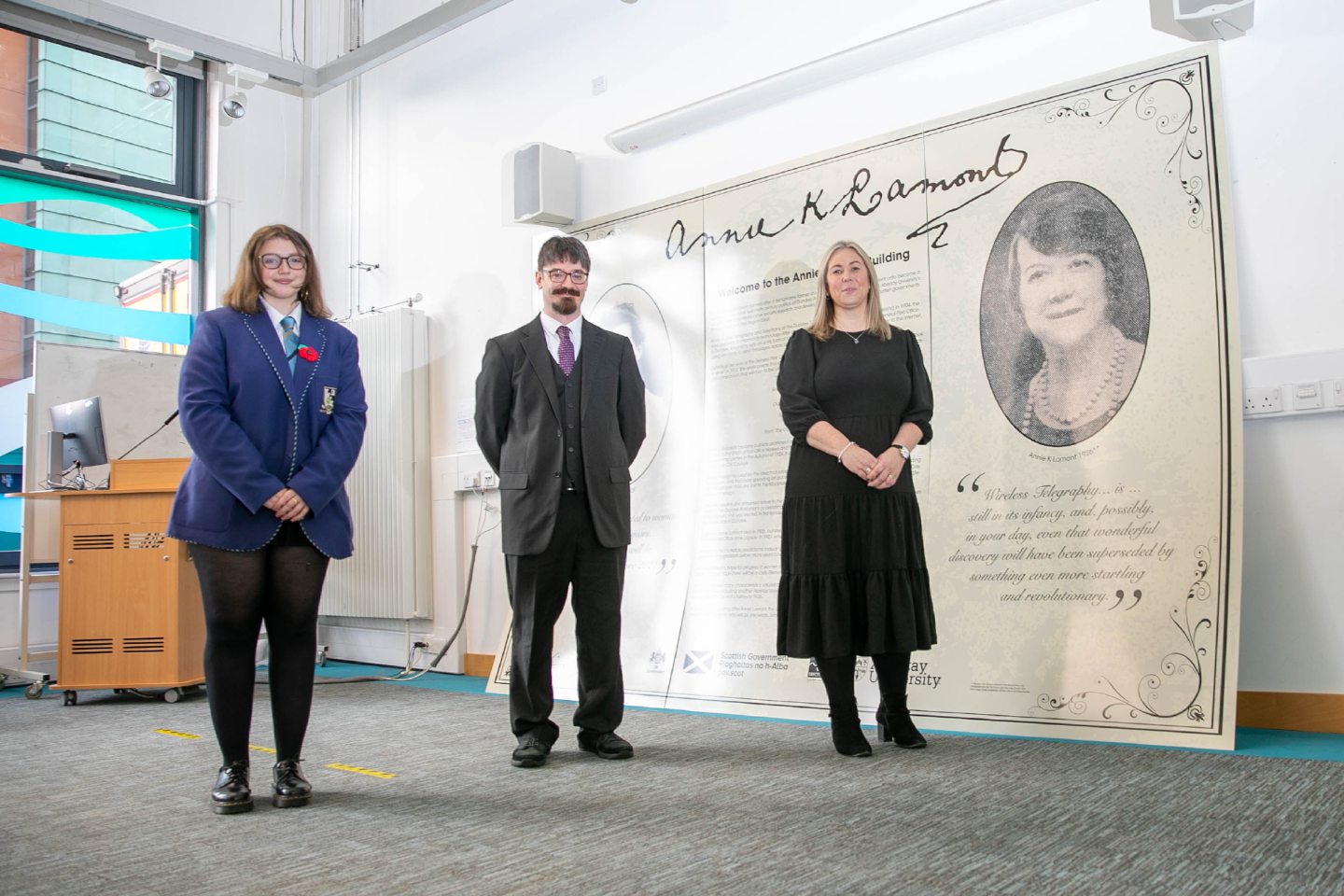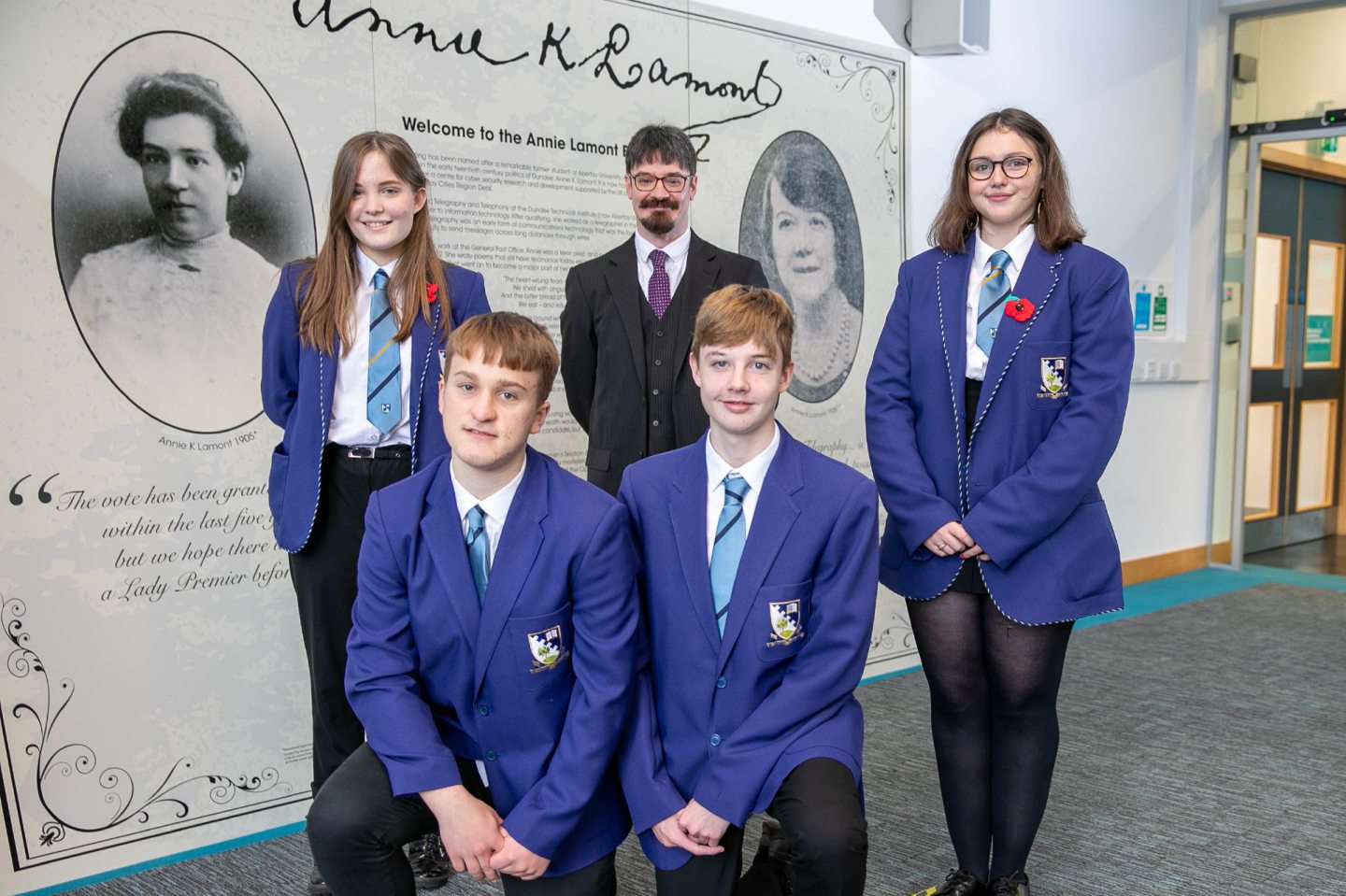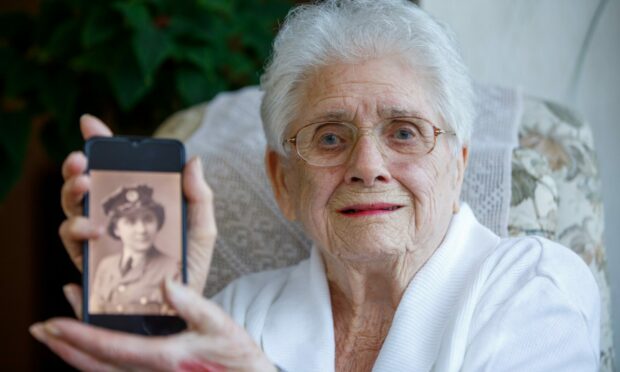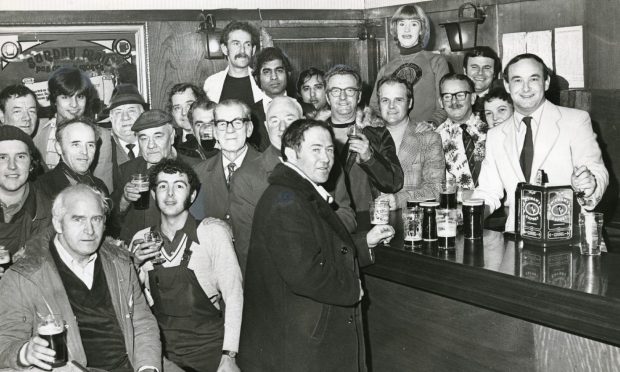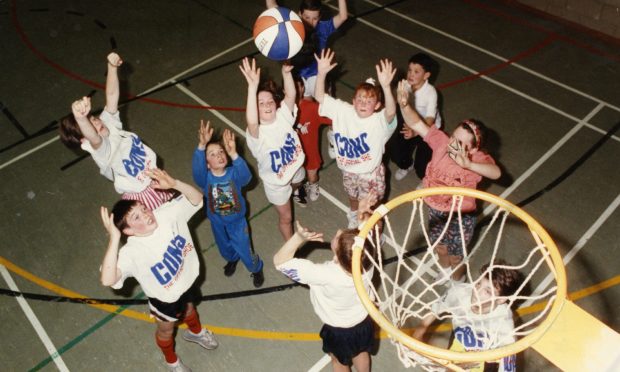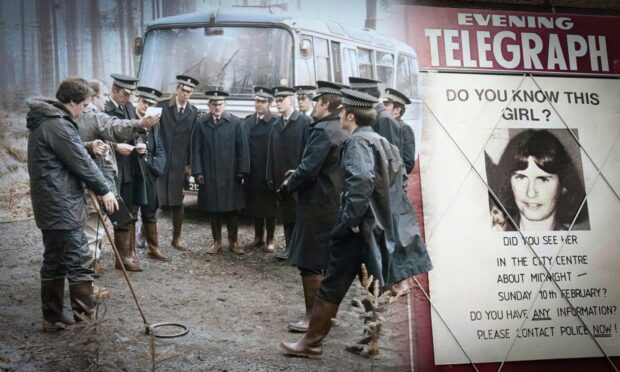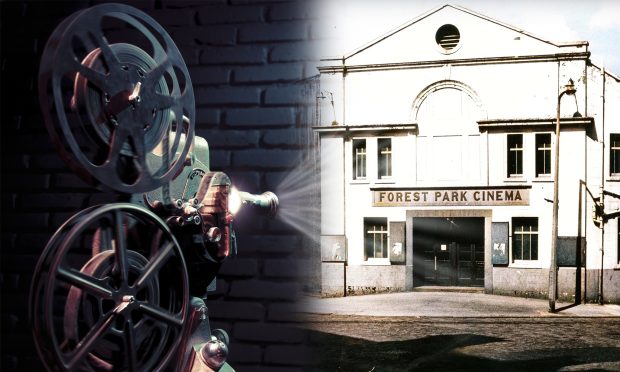Annie Keir Lamont made a series of eerily accurate predictions when she penned a remarkable ‘letter to the future’ 100 years ago today.
Annie’s letter was written for the Dundee General Post Office’s 1921 time capsule.
Annie studied magnetism and electricity, and telegraphy and telephony, at Dundee Technical Institute, which later became Abertay University.
She wrote about life as a telegraphist in 1921, advances in technology, and wage discrimination against women telegraphists.
She expressed her office’s general dislike of Winston Churchill as Dundee’s MP, and a hope that by the 21st Century there would have been a female Prime Minister.
She predicted that telegraphy would be replaced by something else, remarkable and unimaginable, as a means of communication.
Predicted ‘ghastlier Armageddon’ after First World War
She wrote with hope about emerging from the darkness of the First World War but predicted that there would soon be another “ghastlier Armageddon”.
It was a prophecy that proved to be accurate.
Annie became a member of the Dundee section of the Union of Post Office Workers following the First World War and then stood as a Labour candidate for election to the Town Council, representing Lochee in the autumn of 1924.
If elected, she would have been the first female councillor in the history of the local council.
Her campaign focused on the idea that social housing would improve public health by reducing overcrowding in the town, and that more spending on public health would save public money in the long run.
On polling day on November 5 1924, she lost to the Moderate candidate, but still polled Labour’s largest proportion of the vote in the campaign.
After the election she remained active in the Women’s Section of the Dundee Labour Party and was a well-known figure in the Dundee Parliament (a debating society modelled on Westminster, complete with a Prime Minister and Cabinet).
She was elected its first female Leader of the Opposition in 1925, proving how important a political figure she was in Dundee.
Skilled writer
Outside of her work at the General Post Office, Annie was a keen poet.
She published her collection, A Little Book of Verse, in 1912, including many poems displaying the social conscience that informed her politics.
Her skill in writing shone through in her letter, which ends, despite her having lived through the First World War and a global pandemic, with a positive message.
I hope that this project will help her story to live on into the future.”
Grove Academy pupil Gabrielle Prudom
“I wonder if the Millennium has really come in your day, if happiness and peace has come at last to the ravished nations of the world, or whether you too are straining tired eyes towards the future and saying, ‘what next?’ because it seems to me that the ‘progress’ of this civilisation is no progress at all while we devote all the gifts of science to slay our fellow creature – and that no permanent good can ever be achieved if we forget the Divine in man.
“But surely the world will learn its lesson one day – the great lesson that the things of this world are naught, while the things of the Spirit are everlasting.
“Let us hope that Browning’s beautiful world will come true and that we will ‘Emerge one day’.”
Letter resurfaced after death
Tragically, Annie took her own life in 1926 aged 42.
But her message to the future, which came back to light when the time capsule was opened in 2014, brought her name back into the public eye.
The contents of the casket included a large number of newspaper clippings, sealed letters to the present-day Lord Provost and postmaster, an edition of The Courier, original photos of Dundee taken by DC Thomson photographers, the Scottish Amateur Swimming Association Handbook 1921, and a copy of that year’s Post Office magazine.
Of course, the term ‘time capsule’ hadn’t been invented then.
David Turnbull, secretary of the Dundee Postal War Memorial committee, who put the time capsule together, was known to have Socialist tendencies and he wanted the contents of the box to reflect the common man and woman, ordinary people and their lives, as well as the great and the good.
The standout piece of the collection was Annie’s sealed letter and her pioneering work is now being celebrated by Abertay University to mark the 100th anniversary.
Pupils’ research
An information board sharing the story of her role in public life, her letter and her poetry has been unveiled at Abertay by pupils from Grove Academy, who were involved in researching her past with the university’s archives team as a part of the recent Abertay25 community engagement project.
Dee Neilson, Modern Studies teacher at Grove Academy, said: “Annie was a role model for women in both technology and politics, and our pupils have very much enjoyed learning about the influence she had on Abertay and the city of Dundee.”
Next year, the institution’s ‘cyberQuarter’ cybersecurity hub, including a new campus social space, will be named the Annie Lamont Building in her honour.
Gabrielle Prudom, S5 pupil at Grove Academy said: “It’s great that the new cybersecurity centre and social space at Abertay is going to be named after Annie Lamont, and it was really interesting to learn more about her past and her political campaigning.
“I hope that this project will help her story to live on into the future.”
Annie’s example prepared the way for others to follow, including another Abertay University figure, Lily Miller, who was elected Dundee’s first female councillor in 1935.
‘The great thing about change…’
Ruaraidh Wishart, Abertay University archivist, said: “I’m delighted that the university has been able to trace one of its remarkable former students through its rich archives and the excellent work that was done researching her story further with schools through the Abertay25 project.
“I hope that the decision to celebrate her life in this way will make her story more widely known and will inspire our students and the people of Dundee in many years to come.”
Mr Wishart broke it down further.
“We are all emerging out of a dark time in our history, but I imagine that our graduates this year are the ones looking most to the future beyond, and saying ‘what next?’.
“There will certainly be more change than ever in the next few years.
“That can be scary and challenging, but the great thing about change is that it can also bring a lot of opportunities, some of them unexpected.
“Our graduates, with all of their skills, knowledge, and creativity, are now emerging with the brightest lamps, and are in a good place to take advantage of those opportunities.
“I think the message that our graduates can take from our amazing alumnus, Annie K Lamont, is to have hope now for a beautiful world to come.
“It will ‘emerge one day’.”
Anyone who can provide any more details of Annie’s story is asked to contact communications@abertay.ac.uk
You might also like:
The ambitious crossing plan from Dundee to Fife – under the sea
Dundee war memorial: Why did the Law tribute to city’s fallen take seven years to build?
